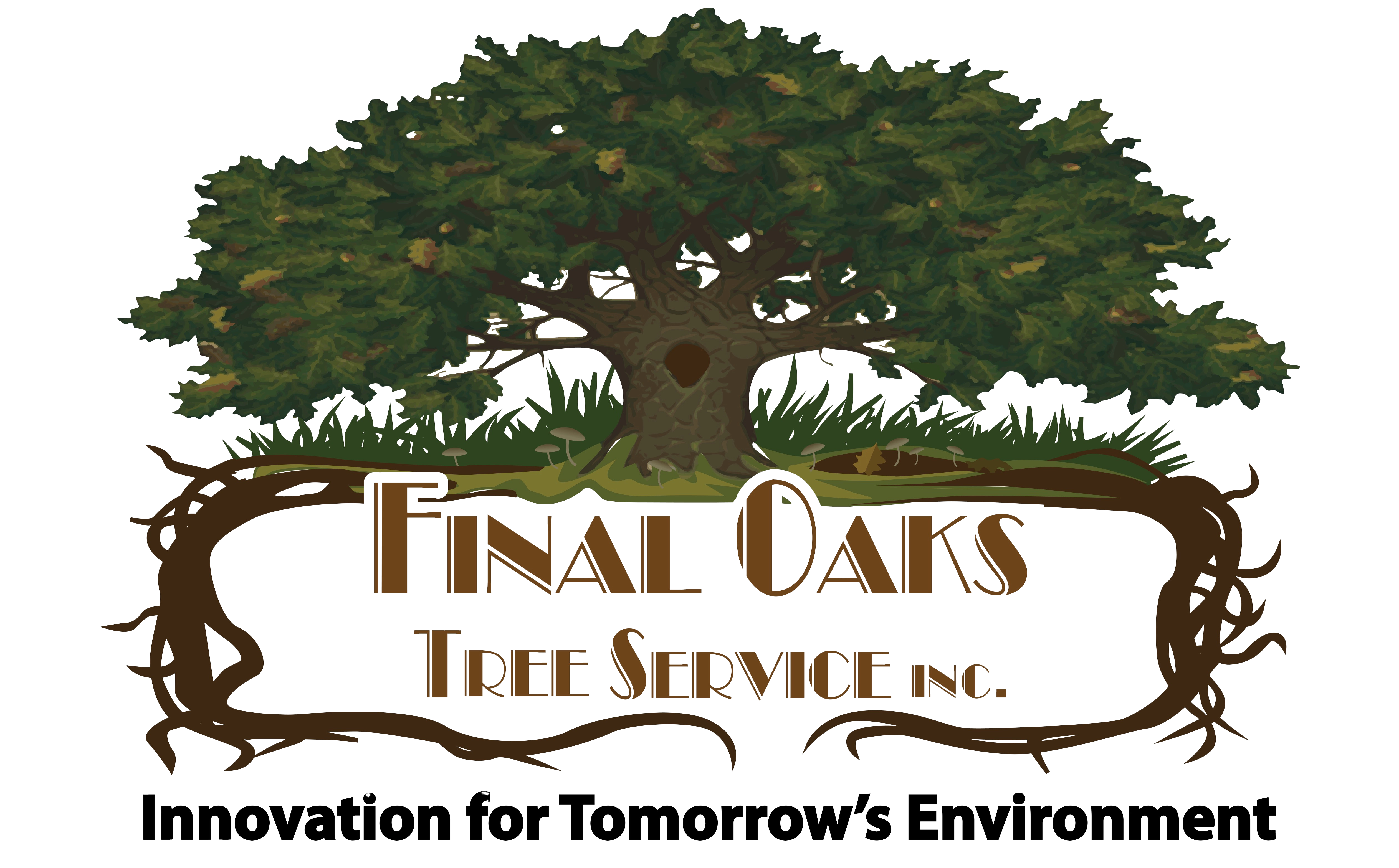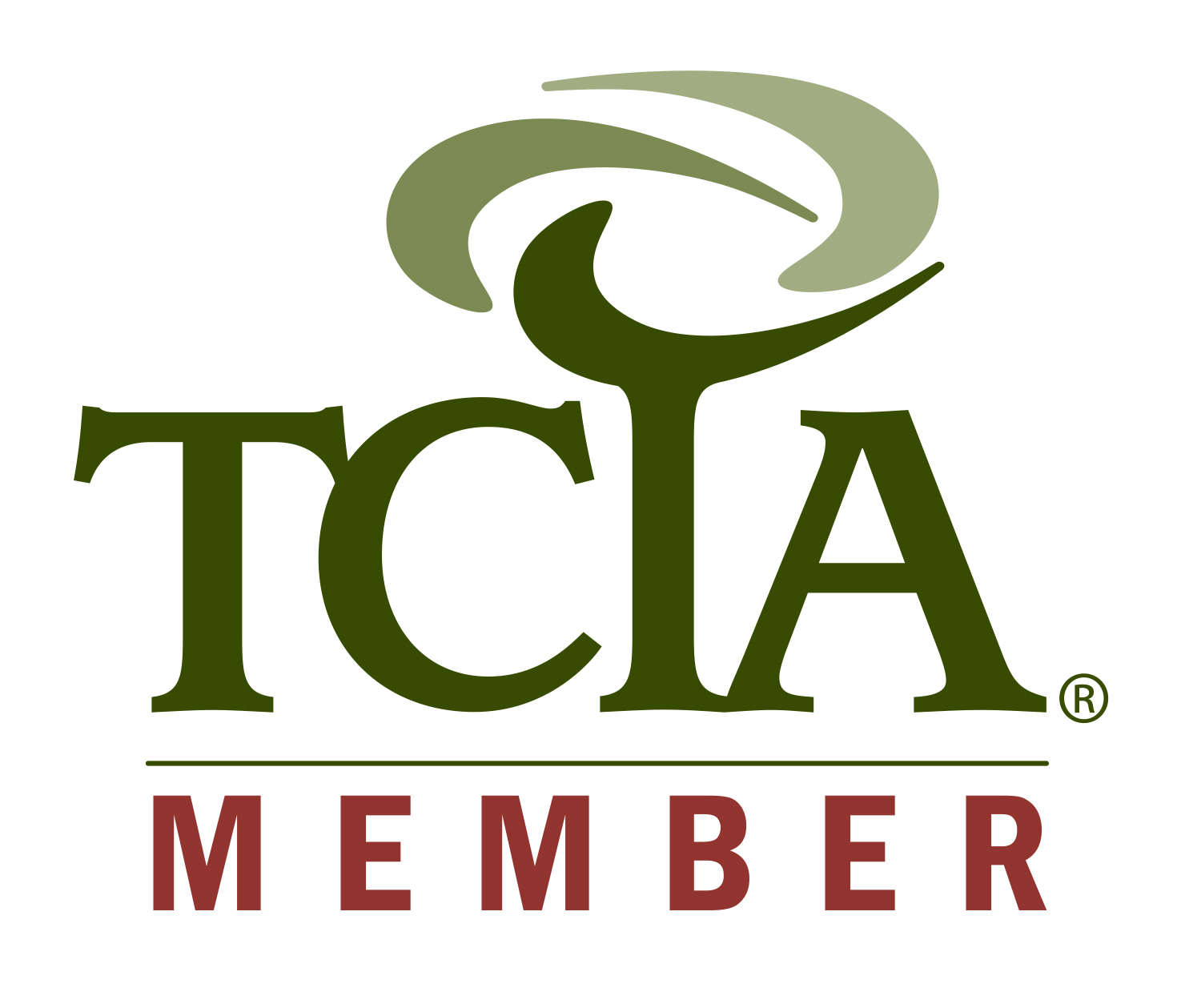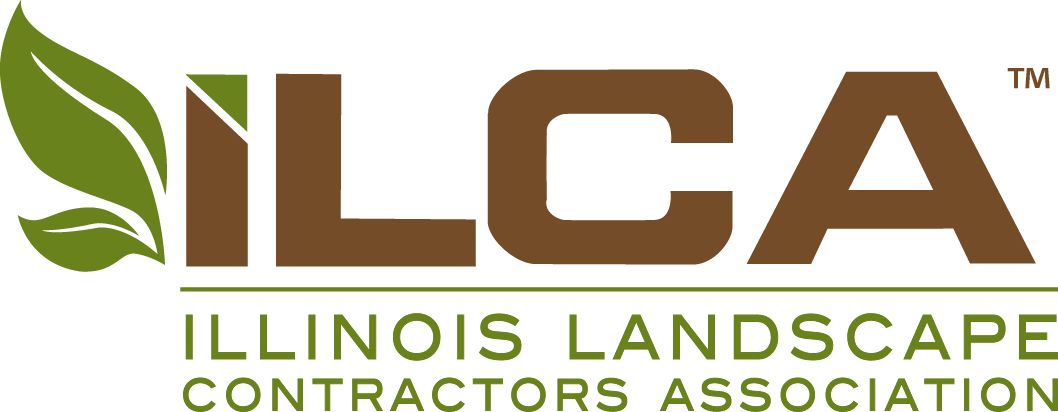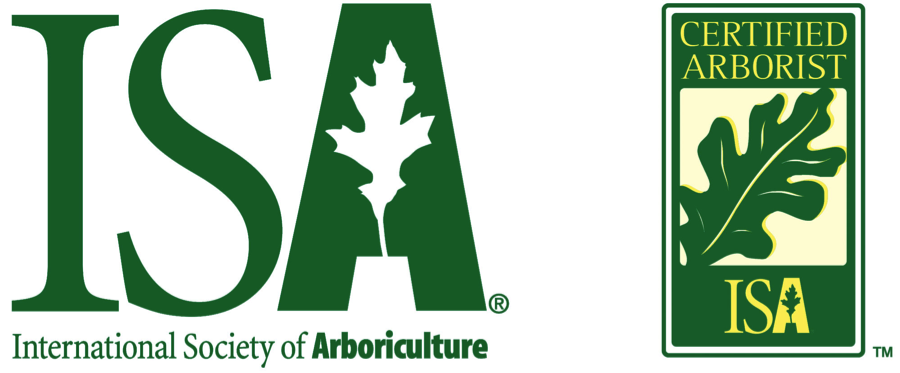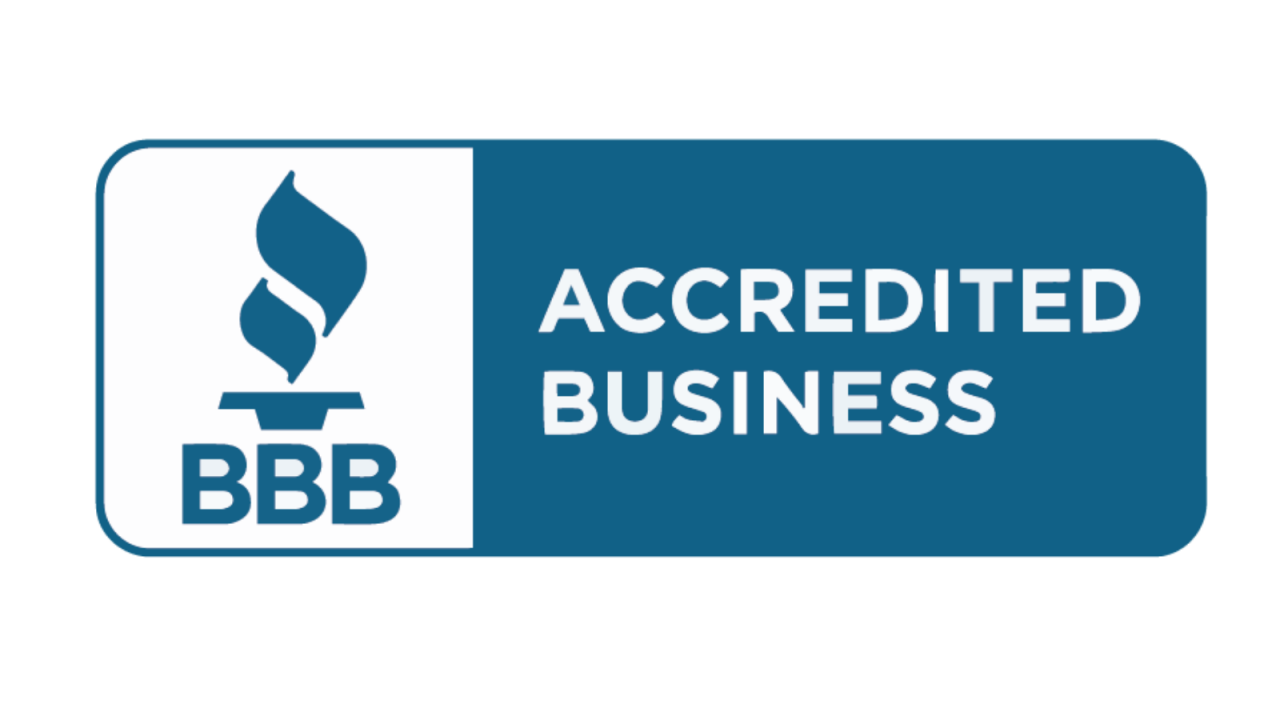
Hiring a professional tree service is a safer and more effective choice than DIY tree removal, especially for large or risky trees. Pros have the right tools and know-how to take down trees without harming people or property. They can also handle tricky situations like trees near power lines or buildings.
DIY tree removal can save you money if you have the skills and equipment. But it’s risky if you’re not sure what you’re doing. You could hurt yourself or damage your home.
Before you decide, think about the tree’s size, location, and your own abilities. Your choice will depend on your situation and comfort level with the task.
Understanding Tree Removal
Tree removal is a complex process with significant impacts. It requires careful planning and consideration of safety and environmental factors.
Basics of Tree Removal
Tree removal involves cutting down a tree and removing it from your property. You need to assess the tree’s size, location, and health. Large trees near buildings or power lines are risky to remove.
Safety gear is crucial. You’ll need a hard hat, gloves, and protective eyewear. Tools like chainsaws, ropes, and ladders are also necessary.
The process starts with clearing the area around the tree. Next, you make a wedge cut on the side facing the fall direction. A back cut on the opposite side causes the tree to fall.
After felling, you’ll need to cut the tree into smaller sections. This makes it easier to remove from your property.
Environmental Impact of Tree Removal
Removing trees affects local ecosystems. Trees provide homes for wildlife and help prevent soil erosion. Their removal can disrupt these benefits.
Trees also absorb carbon dioxide and produce oxygen. Cutting them down reduces these air quality benefits.
You can minimize harm by planting new trees. Choose native species to support local wildlife. Consider keeping the stump if possible, as it can provide habitat for insects and small animals.
Proper disposal of tree waste is important. You can chip branches for mulch or compost leaves. This reduces landfill waste and benefits your garden.
DIY Tree Removal Explained
Removing a tree yourself can save money but comes with risks. You need to understand the steps, safety concerns, tools required, and potential cost savings before deciding if DIY tree removal is right for you.
Steps for DIY Tree Removal
Start by assessing the tree’s size, location, and surrounding hazards. Clear the area and plan your felling direction.
Cut a wedge on the side you want the tree to fall. Make a back cut on the opposite side, slightly higher than the wedge.
Use a rope to guide the tree’s fall if needed. As the tree begins to fall, move away quickly to your planned escape route.
Once down, remove branches starting from the base and working towards the top. Cut the trunk into manageable sections.
Finally, remove the stump by digging around it, cutting major roots, and using a winch or truck to pull it out.
Safety Risks of DIY Tree Removal
Tree removal can be dangerous without proper training. Falling branches or an incorrectly felled tree can cause serious injury or property damage.
Chainsaw accidents are a major risk. Improper use can lead to severe cuts or kickback injuries.
Working at heights on unstable branches increases fall risks. Ladder accidents are common in DIY tree removal.
Power lines near trees pose electrocution hazards. Always check for nearby utilities before cutting.
Falling debris can hit bystanders. Keep the area clear and use a spotter when possible.
Tools and Equipment Needed for DIY
You’ll need several tools for safe tree removal:
- Chainsaw with proper bar length
- Felling wedges
- Ax or maul
- Rope and pulleys
- Safety gear: helmet, goggles, gloves, chaps
- Ladder or climbing equipment
- Stump grinder (for complete removal)
Ensure all tools are in good condition and you know how to use them properly. Dull or faulty equipment increases accident risks.
Rent specialized equipment like stump grinders to avoid high purchase costs for one-time use.
Cost Savings with DIY Removal
DIY tree removal can save you money on labor costs. Professional services often charge $200-$2000 depending on tree size and complexity.
Your main expenses will be equipment rental or purchase. A chainsaw costs $50-$500, while other tools may add $100-$300.
Factor in disposal costs. Some areas charge for trunk and branch removal. Grinding or removing the stump yourself saves $100-$400.
Time is also a cost. DIY removal can take a full day or more, depending on tree size and your experience level.
Consider potential costs of mistakes. Property damage or injury could outweigh any savings from DIY removal.
Professional Tree Removal Services
Professional tree removal services offer expertise, safety, and peace of mind. These services provide skilled workers, specialized equipment, and proper insurance coverage for tree removal tasks.
Choosing the Right Professional Service
When selecting a tree removal service, look for companies with experienced staff. Check their credentials and ask for references.
Consider these factors:
- Years in business
- Customer reviews
- Equipment quality
- Free estimates
Ask about their removal process and disposal methods. A good company will explain their approach and answer your questions clearly.
Benefits of Hiring a Professional
Professional tree removal offers many advantages:
- Time-saving: Experts work quickly and efficiently.
- Cost-effective: Pros have the right tools, reducing potential property damage.
- Proper cleanup: They remove debris and often offer stump grinding services.
- Expert advice: Professionals can suggest alternatives to removal when possible.
Hiring experts ensures the job is done right the first time. You avoid the hassle of renting equipment or figuring out complex removal techniques.
Safety Assurance with Professional Services
Safety is a top priority for professional tree removal services. They use:
- Proper protective gear
- Well-maintained equipment
- Secure rigging techniques
Trained crews know how to assess risks and handle unexpected situations. They understand tree physics and can predict falling patterns. This knowledge helps prevent accidents and property damage.
Professionals also know how to work around power lines and other hazards. Their expertise keeps you, your property, and the workers safe.
Insurance and Licensing
Reputable tree removal services carry proper insurance and licensing. This protects you from liability if accidents occur. Ask to see:
- General liability insurance
- Workers’ compensation coverage
- Business license
- Arborist certifications (if applicable)
Verify their credentials before hiring. Insurance coverage should be adequate for your property’s value. Don’t hesitate to contact their insurance provider to confirm policy details.
Licensing requirements vary by location. Check with your local government to understand what’s required in your area.
Cost Analysis
Comparing DIY and professional tree removal costs helps you make an informed choice. Several factors affect the total expense for each option.
DIY Tree Removal Costs
DIY tree removal can seem cheaper at first. You’ll need to rent or buy equipment, which includes chainsaws, safety gear, and rope. Expect to spend $100-$300 on rentals or $500-$1000 for purchases.
You may need a permit, costing $50-$200. Don’t forget disposal fees. Hauling away debris can cost $100-$300.
Your time is valuable too. DIY removal can take several days for large trees. Factor in the cost of missed work or free time.
There’s also risk to consider. Mistakes can damage property or cause injury. This could lead to costly repairs or medical bills.
Professional Tree Removal Costs
Professional tree services typically charge based on tree size and complexity. Small trees (up to 30 feet) cost $250-$500. Medium trees (30-60 feet) range from $500-$1000. Large trees (60-80 feet) can cost $1000-$2000 or more.
Extra services may increase costs:
- Stump removal: $100-$300
- Emergency removal: 1.5-2x standard rate
- Difficult access: 20-50% extra
Pros handle permits, equipment, and disposal. They’re insured against accidents. This protects you from liability.
Many offer free estimates. Get quotes from 3-5 companies to compare prices.
Comparing Costs for Informed Decision-Making
To make an informed decision, list all potential costs for both options. Include equipment, permits, disposal, time, and potential risks.
For DIY:
- Equipment: $___
- Permit: $___
- Disposal: $___
- Time value: $___
- Risk factor: $___
For professional service:
- Removal quote: $___
- Extra services: $___
Add up totals for each. Consider your skill level and the tree’s complexity. A small, easy tree might be worth DIY. Large or tricky trees often justify professional help.
Remember, the cheapest option isn’t always best. Weigh costs against safety and quality of results.
Assessing Risks and Safety
Tree removal involves serious safety risks and potential property damage. Careful assessment and proper precautions are essential, whether you choose to do it yourself or hire a professional.
Personal Safety and Property Damage
DIY tree removal puts you at risk of serious injury. Falling branches, improper equipment use, and lack of experience can lead to accidents. You might hurt yourself or others nearby.
Property damage is another major concern. A falling tree could crush your house, car, or other structures. You might also damage power lines or underground utilities.
Professionals have insurance to cover accidents. If you cause damage yourself, you’ll likely have to pay for repairs out of pocket.
Safety Measures and Protocols
Proper safety gear is crucial for tree removal. This includes:
- Hard hat
- Safety glasses
- Gloves
- Steel-toed boots
- Hearing protection
You’ll need to follow specific safety protocols. These include checking for hazards like power lines, planning escape routes, and using proper cutting techniques.
Professionals undergo extensive training in these safety measures. They also have specialized equipment to handle difficult removals safely. This expertise can greatly reduce the risk of accidents and property damage.
If you choose DIY, take time to learn proper techniques. Start with smaller trees and work your way up as you gain experience.
Final Considerations

Choosing between DIY tree removal and hiring a professional involves weighing convenience, effort, and long-term impacts. Your decision can affect your property and safety for years to come.
Convenience Versus Effort
DIY tree removal takes time and hard work. You’ll need to plan, gather equipment, and do the physical labor. This can be tiring and time-consuming.
Hiring pros is easier. They bring tools and expertise. You won’t have to lift a finger.
But DIY can save money. It lets you work at your own pace. You might enjoy the challenge.
Pros finish faster. They handle debris removal and often offer stump grinding. This saves you extra work.
Think about your time, skills, and energy. Weigh these against the cost of hiring help.
Long-Term Consequences of Tree Removal Choices
Your choice can affect your property for years. DIY mistakes might lead to damage. Improper cuts can harm nearby plants or structures.
Pros reduce risks. They have insurance for accidents. Their work often comes with guarantees.
But DIY gives you control. You decide exactly how the job is done. This can be good if you have specific plans for your yard.
Professional removal might be cleaner. It can leave your yard ready for new projects. Proper technique matters for healthy regrowth or replanting.
Consider future plans for the space. Think about how removal will affect your yard’s look and function long-term.
Conclusion
Choosing between DIY tree removal and hiring a professional is an important decision. You need to weigh the costs, risks, and benefits carefully.
DIY removal can save money upfront. But it comes with serious safety risks if you lack proper equipment and expertise.
Tree maintenance requires specialized skills and tools.
Professional tree removal offers key advantages:
• Safety: Experts have proper gear and training
• Efficiency: Jobs are completed quickly and cleanly
• Insurance: Companies are insured against accidents
• Expertise: Pros can handle complex situations
Your choice depends on your specific situation. Consider these factors:
• Tree size and location
• Your skill level and available equipment
• Local laws and regulations
• Budget constraints
For large or risky removals, hiring a pro is often the wisest choice. It protects you, your property, and others from harm.
Make an informed decision based on your circumstances. Prioritize safety above all else when dealing with tree removal. With careful planning, you can find the right approach for your needs.
